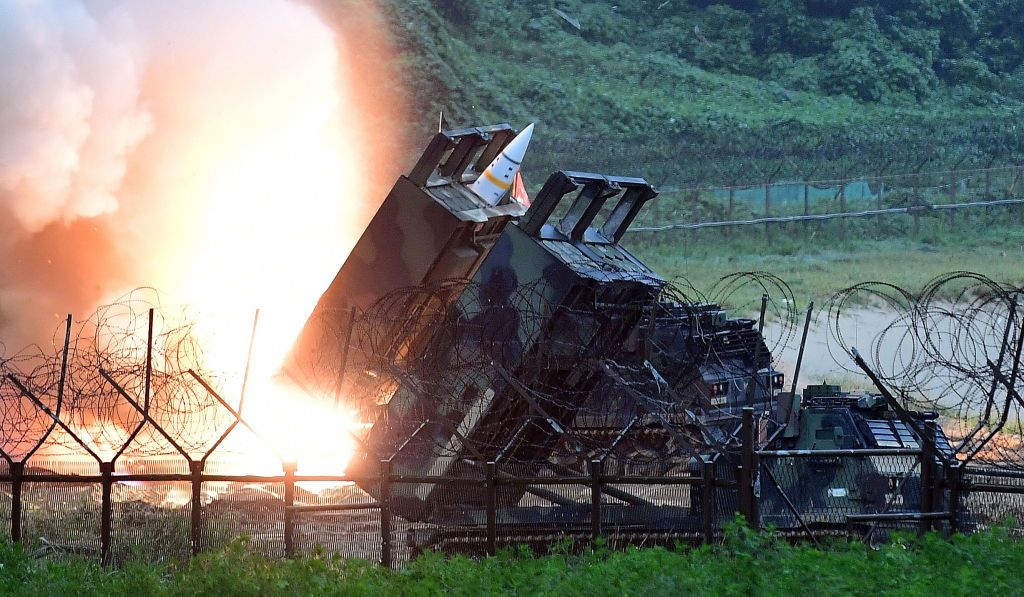Ukraine uses ATACMS for first time in strikes on Russian forces in Luhansk, Berdiansk

Ukraine struck Russian forces with the U.S.-supplied long-range Army Tactical Missile Systems (ATACMS), marking their first usage on the battlefield, unnamed U.S. officials confirmed to CNN on Oct. 17.
The missiles, previously unknown to have even been deployed in Ukraine, were reportedly used in overnight strikes against Russian military airfields in occupied Luhansk and Berdiansk that were reported on Oct. 17.
The strikes reportedly destroyed nine helicopters, an air defense system, an ammunition warehouse, and other airfield infrastructure.
Dozens of Russian soldiers were also killed and wounded in the attacks, Ukraine's Special Operations Forces claimed.

Debates and premature announcements about the U.S.' delivery of ATACMS to Ukraine have been regularly reported for months, but no official date was ever announced.
Their delivery was deliberately kept secret, the unnamed officials said, because they were concerned that Russian forces would move equipment out of the missile's range if they knew when they would arrive.
ATACMS can hit targets deep behind the front line at a range of up to 300 kilometers and can be launched from M270 multiple rocket launchers or the High Mobility Artillery Rocket Systems (HIMARS).
However, photos of the missile debris shared on Russian Telegram and Twitter indicate that the missiles used likely belonged to an older class of missile, with a range of 160 kilometers.
According to a report by the Wall Street Journal, unnamed sources confirmed that the missiles provided have a range of about 160 kilometers.
The occupied cities of Luhansk and Berdiansk are located about 85 kilometers and 100 kilometers, respectively, from the closest front line.
As a result, the usage of ATACMS in the attacks on Luhansk and Berdiansk does not in of itself demonstrate that Ukraine now possesses the newer class of missiles that can strike up to nearly 300 kilometers.
President Volodymyr Zelensky has long campaigned for the U.S. to send ATACMS, but there was considerable reluctance from U.S. officials about the prospect of them being used for attacks inside Russia.

In July 2022, U.S. National Security Advisor Jake Sullivan expressed concern that delivering ATACMS could increase tensions between the U.S. and Russia to the point that it could lead to another world war.
German Chancellor Olaf Scholz has so far resisted delivering German-made long-range Taurus missiles to Ukraine for the same reason, despite widespread support for their transfer from the German Bundestag.
The delivery of ATACMS illustrates the constantly evolving, drip-by-drip process in which Western weapons have been sent to Ukraine. It is the latest weapons system to be delivered that was initially ruled out, citing fears of escalation.
There were similar concerns about escalation following the first deliveries of HIMARS missiles in June 2022, but no such escalation occurred, and Ukrainian forces have used HIMARS extensively on the battlefield since then.














